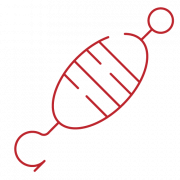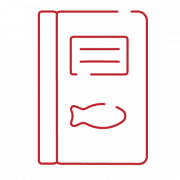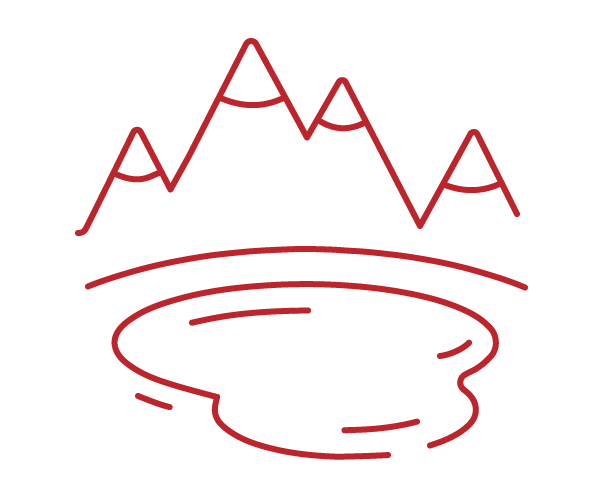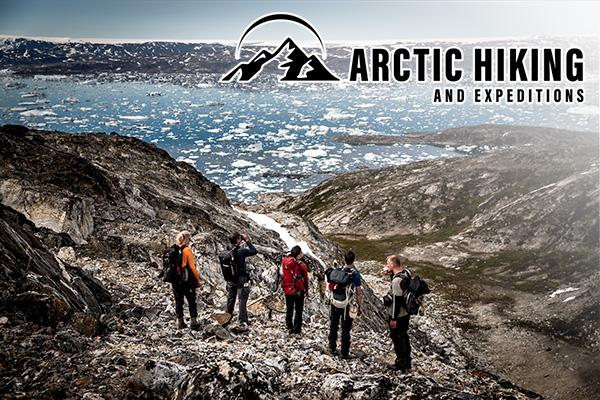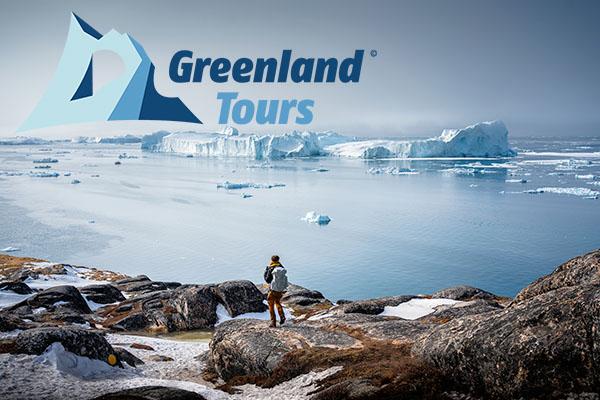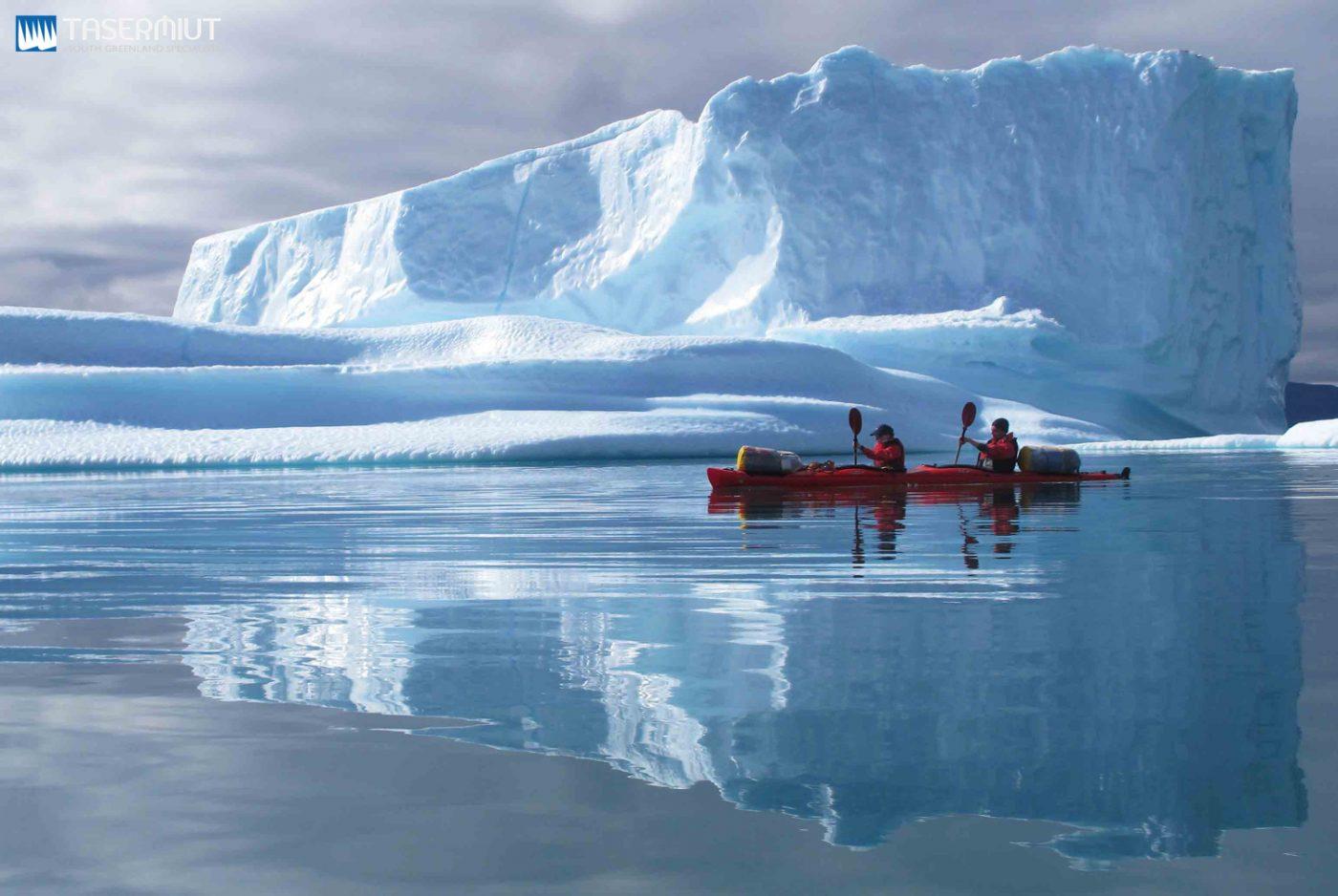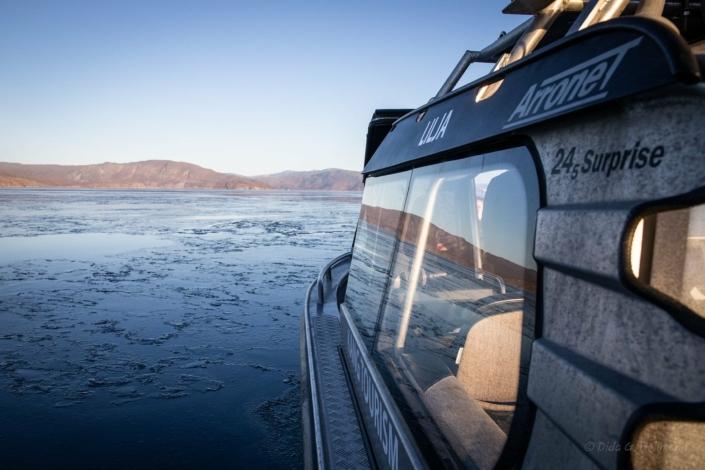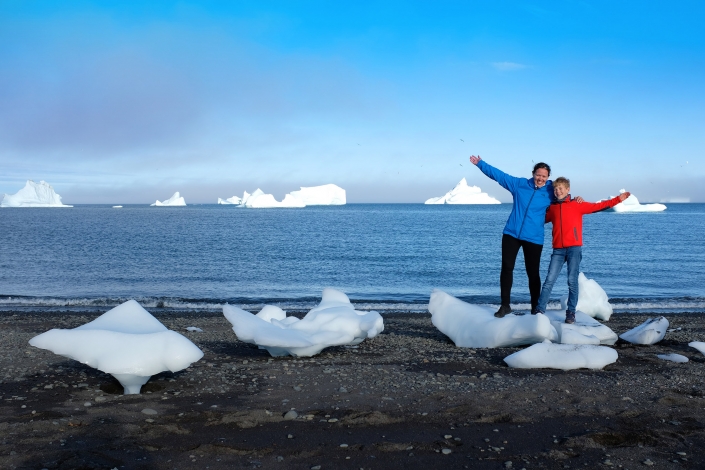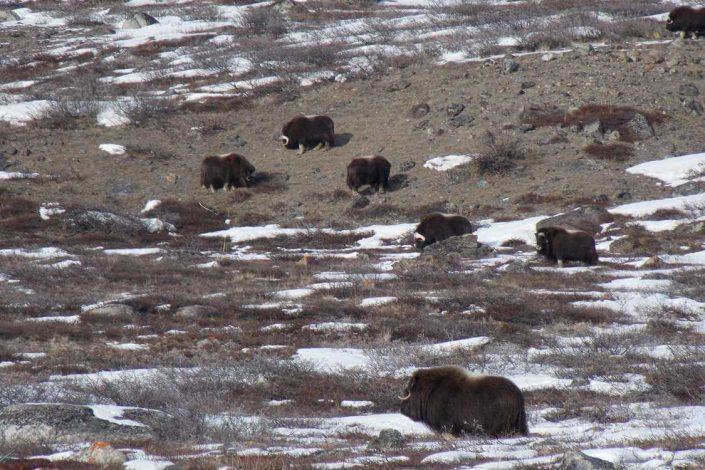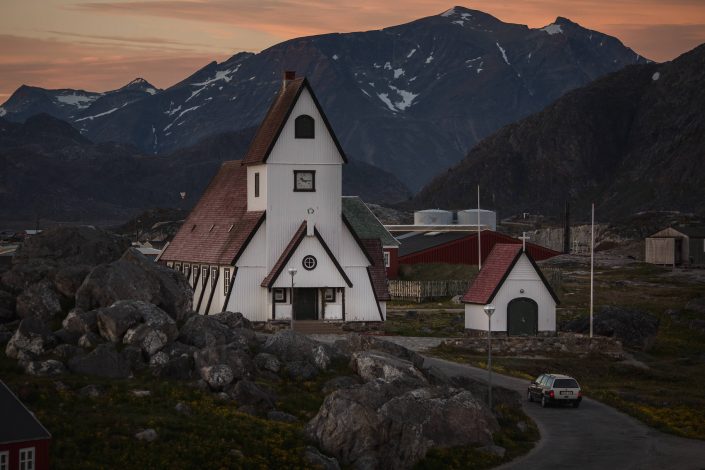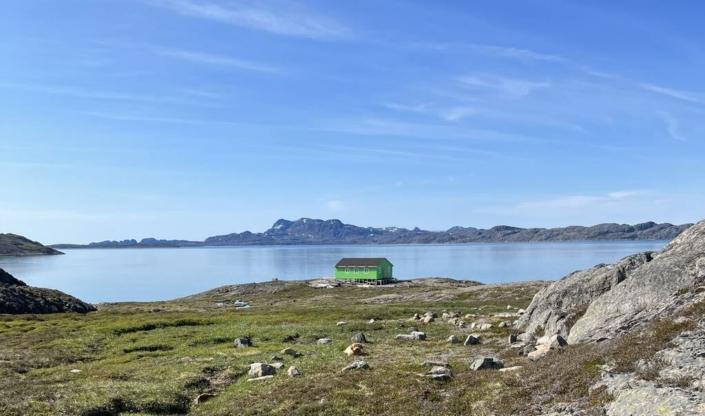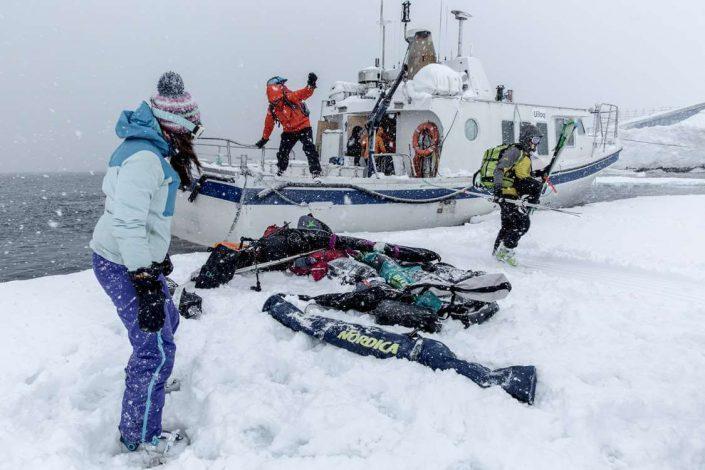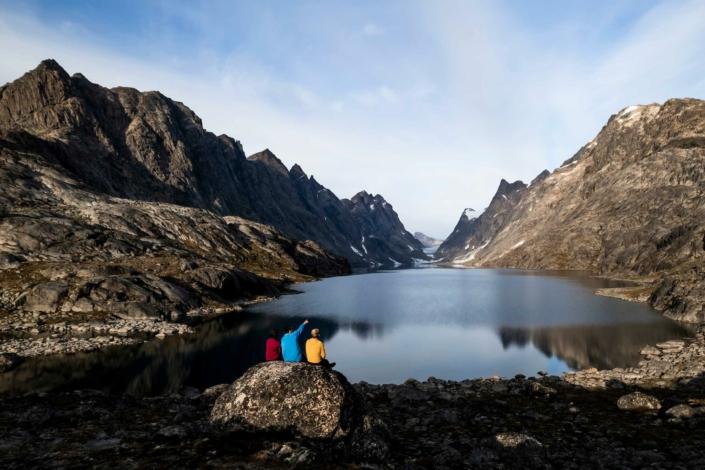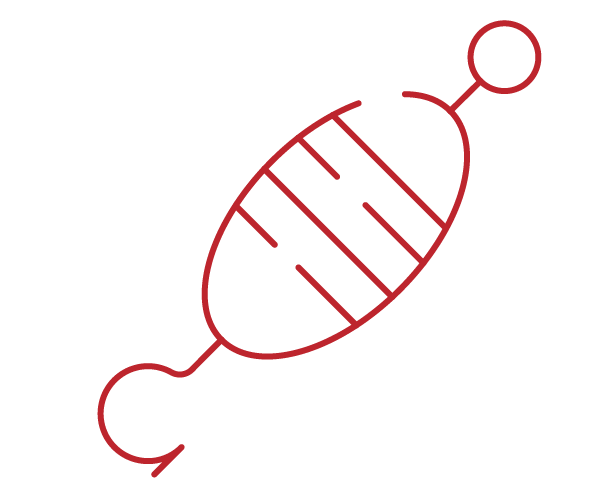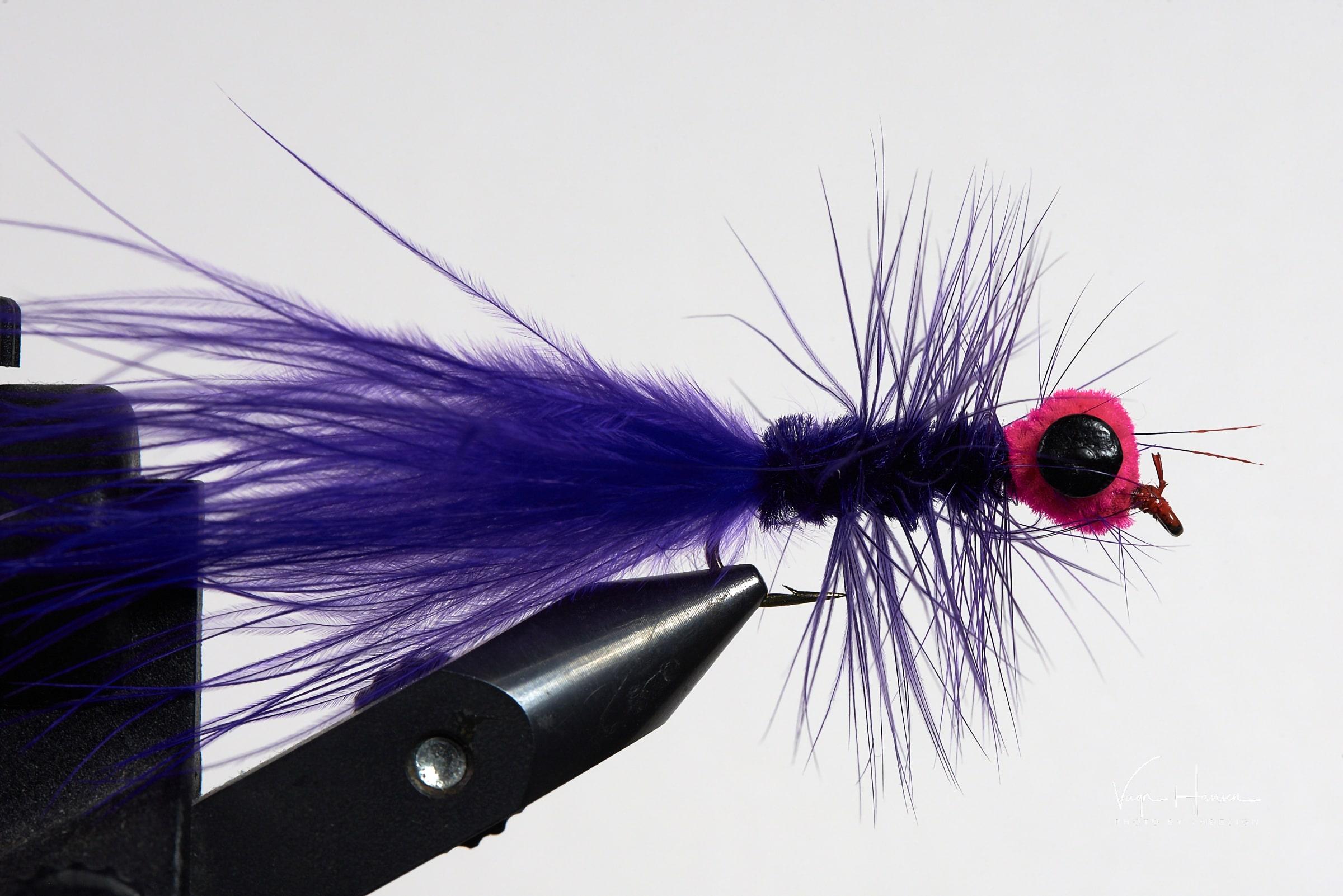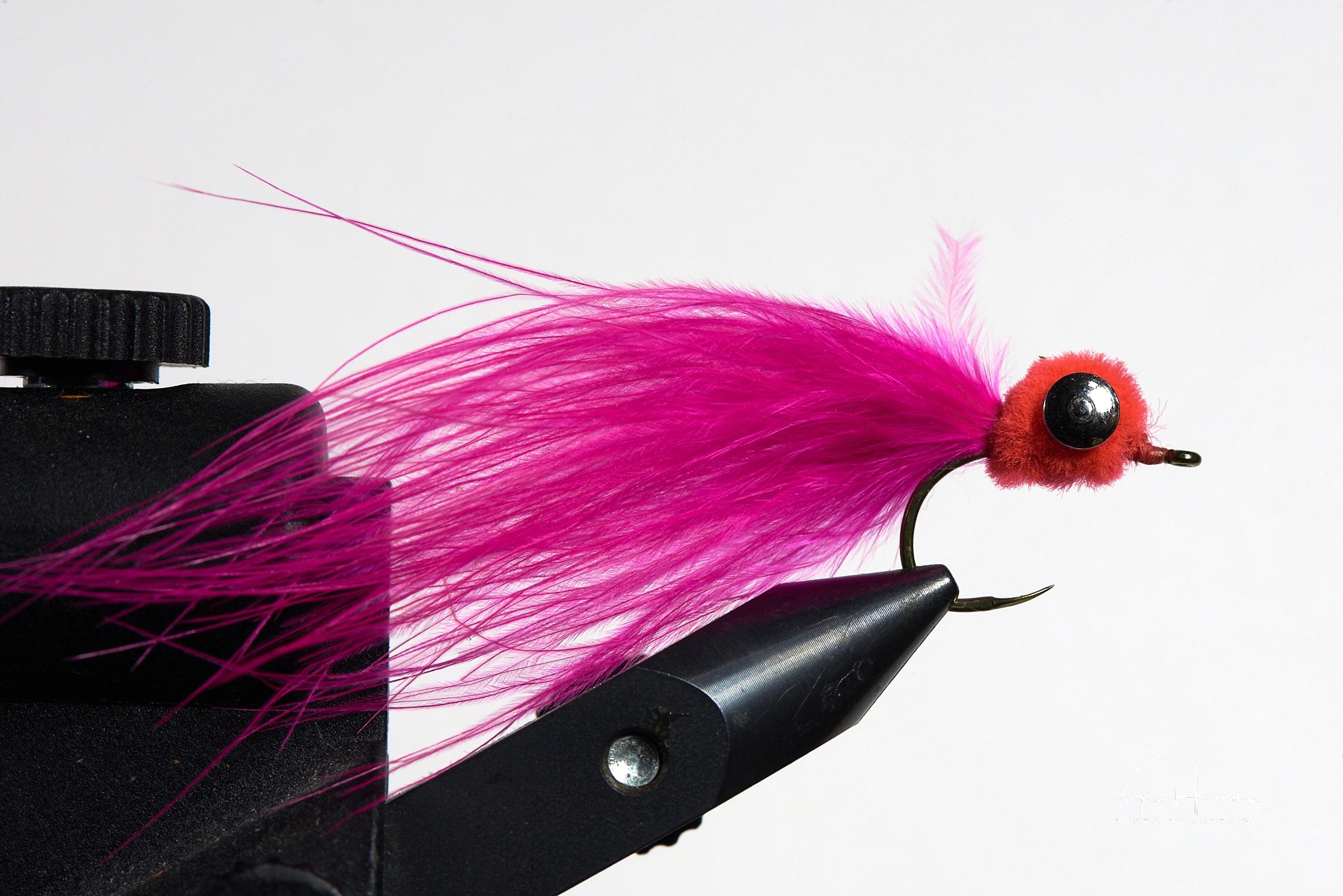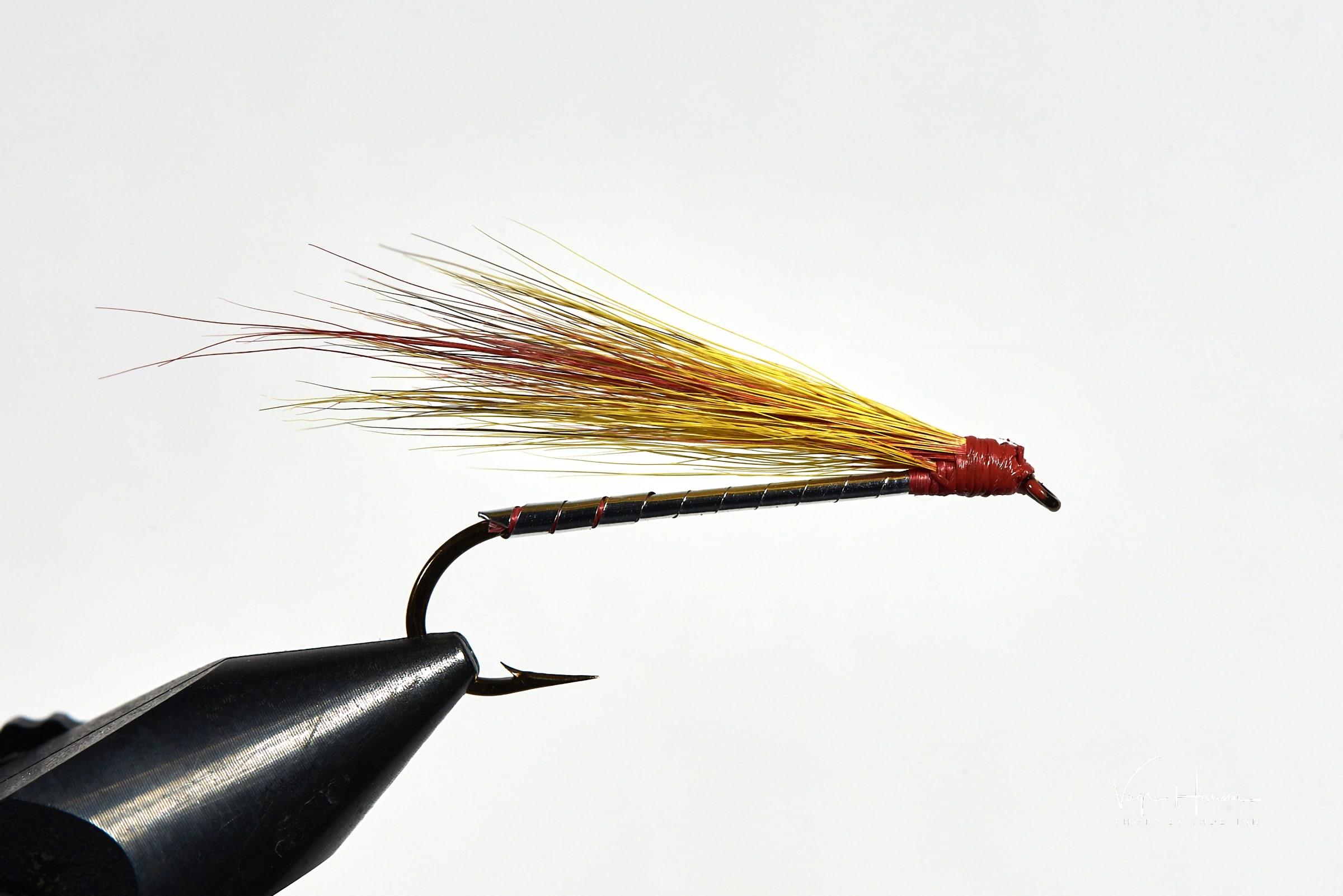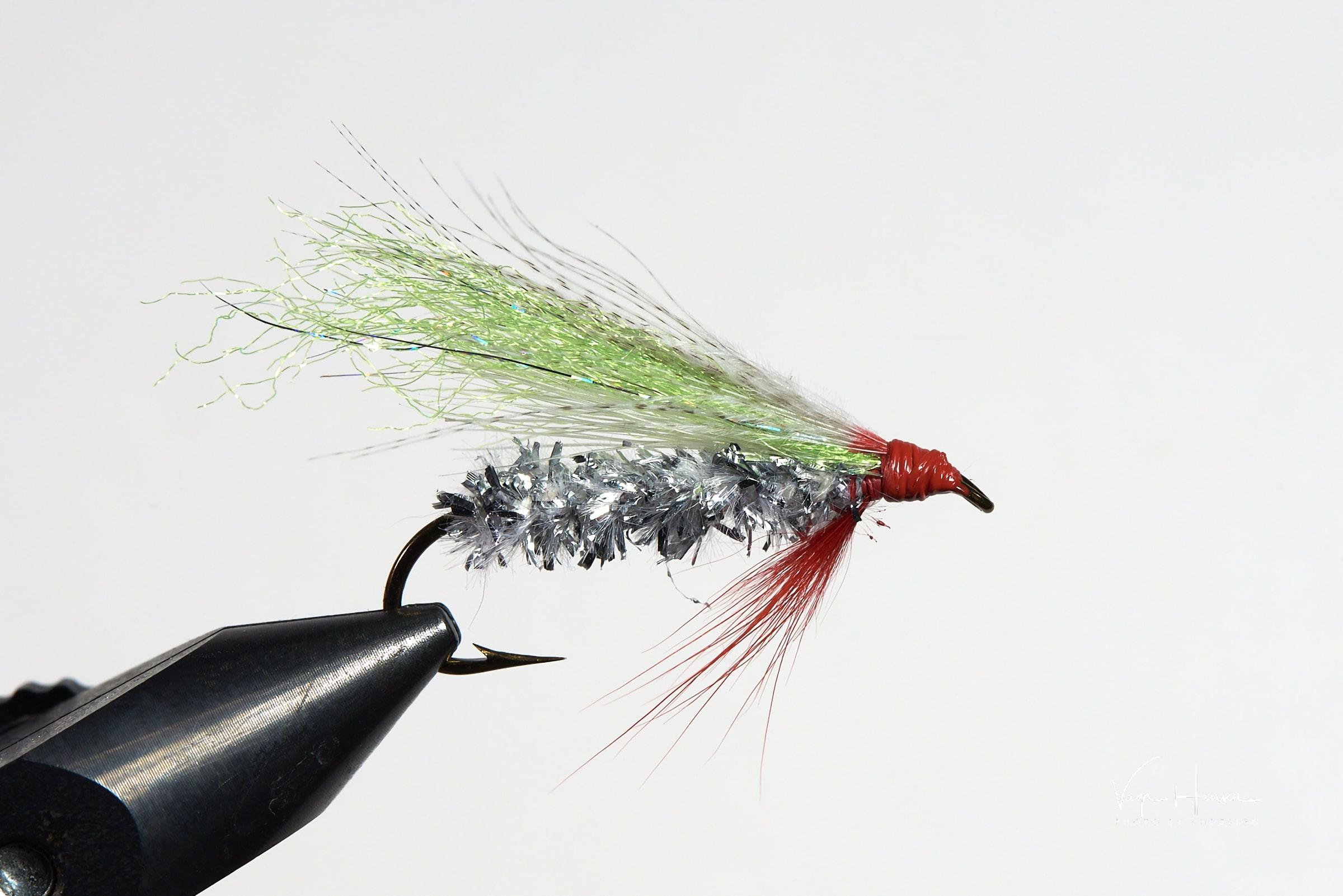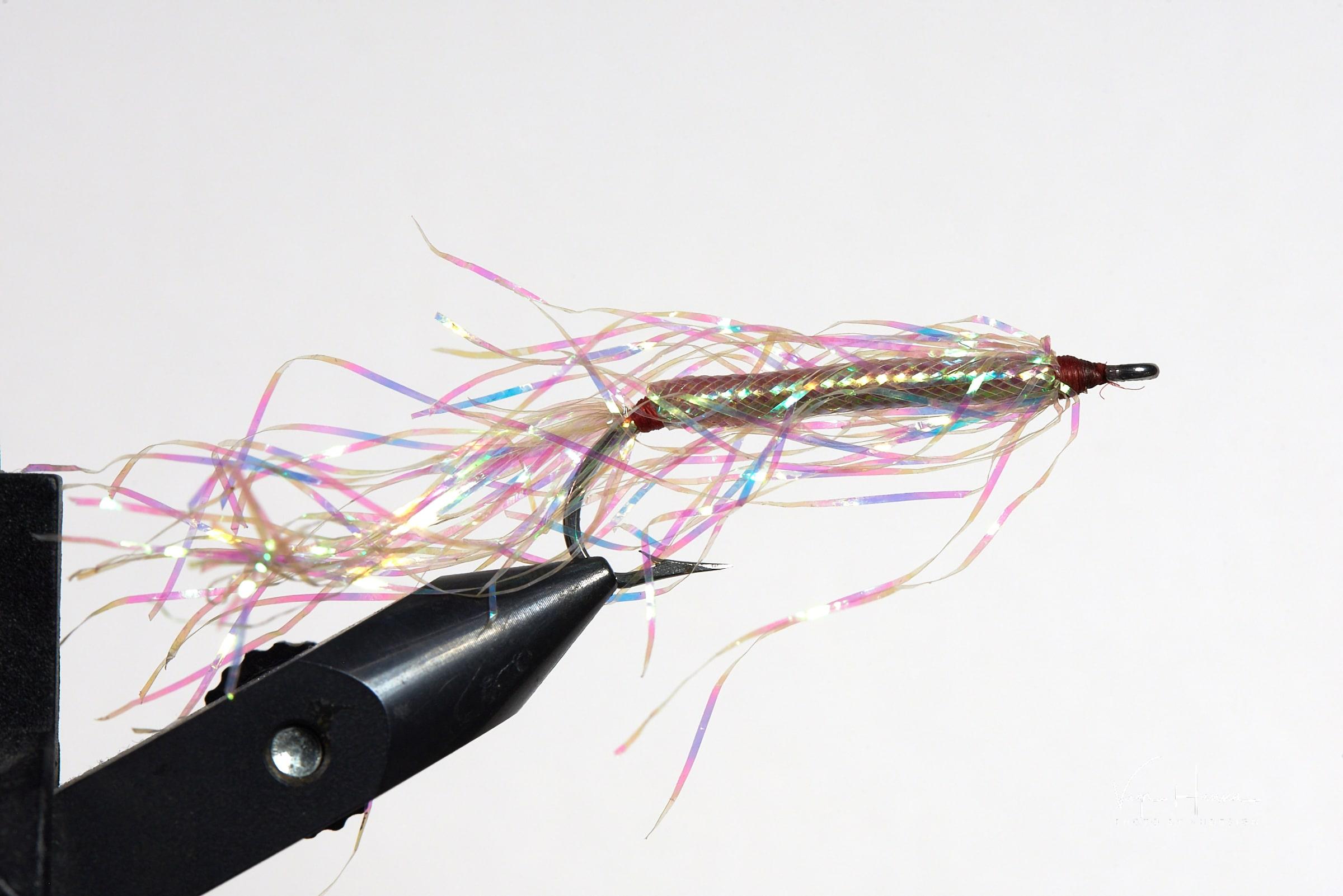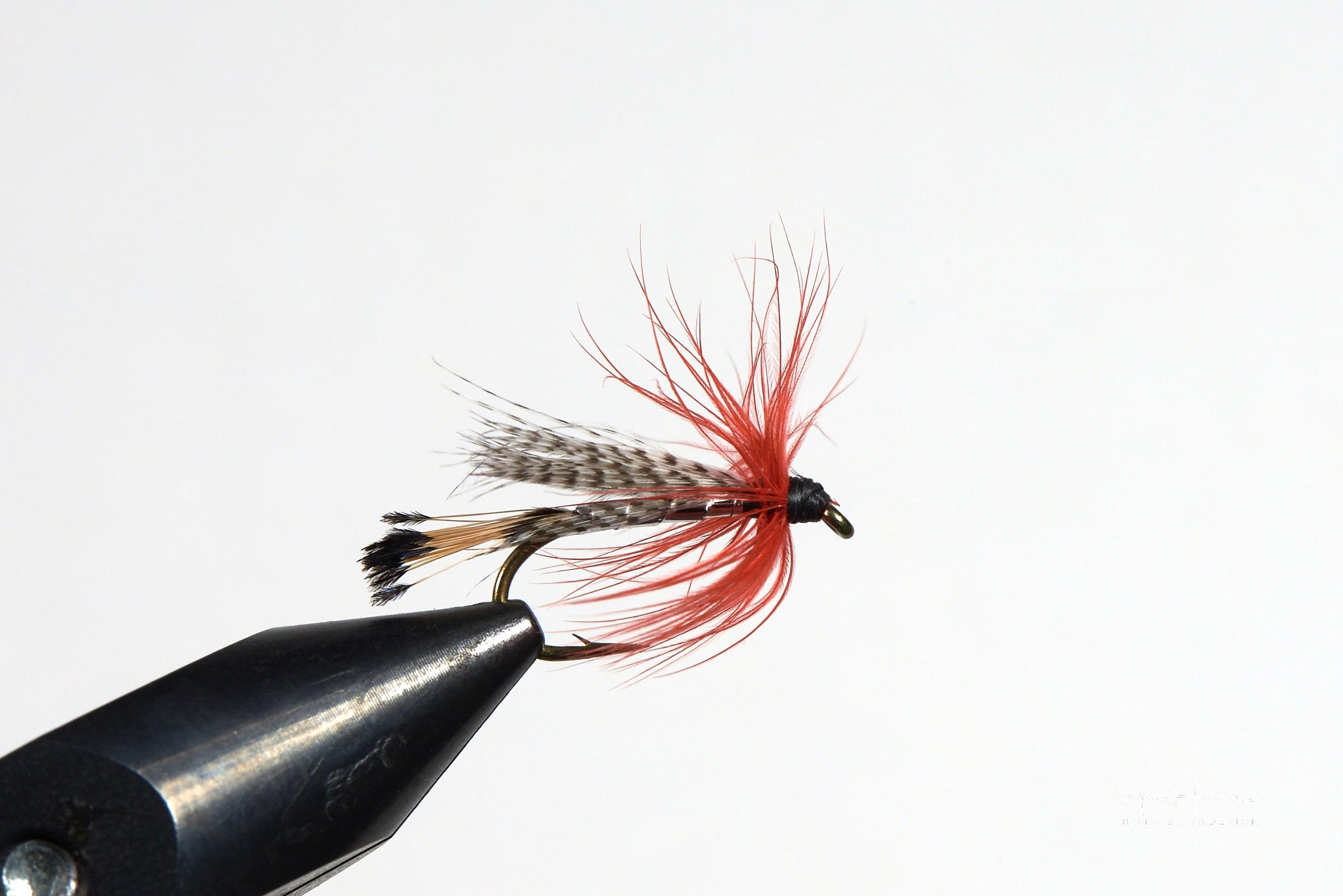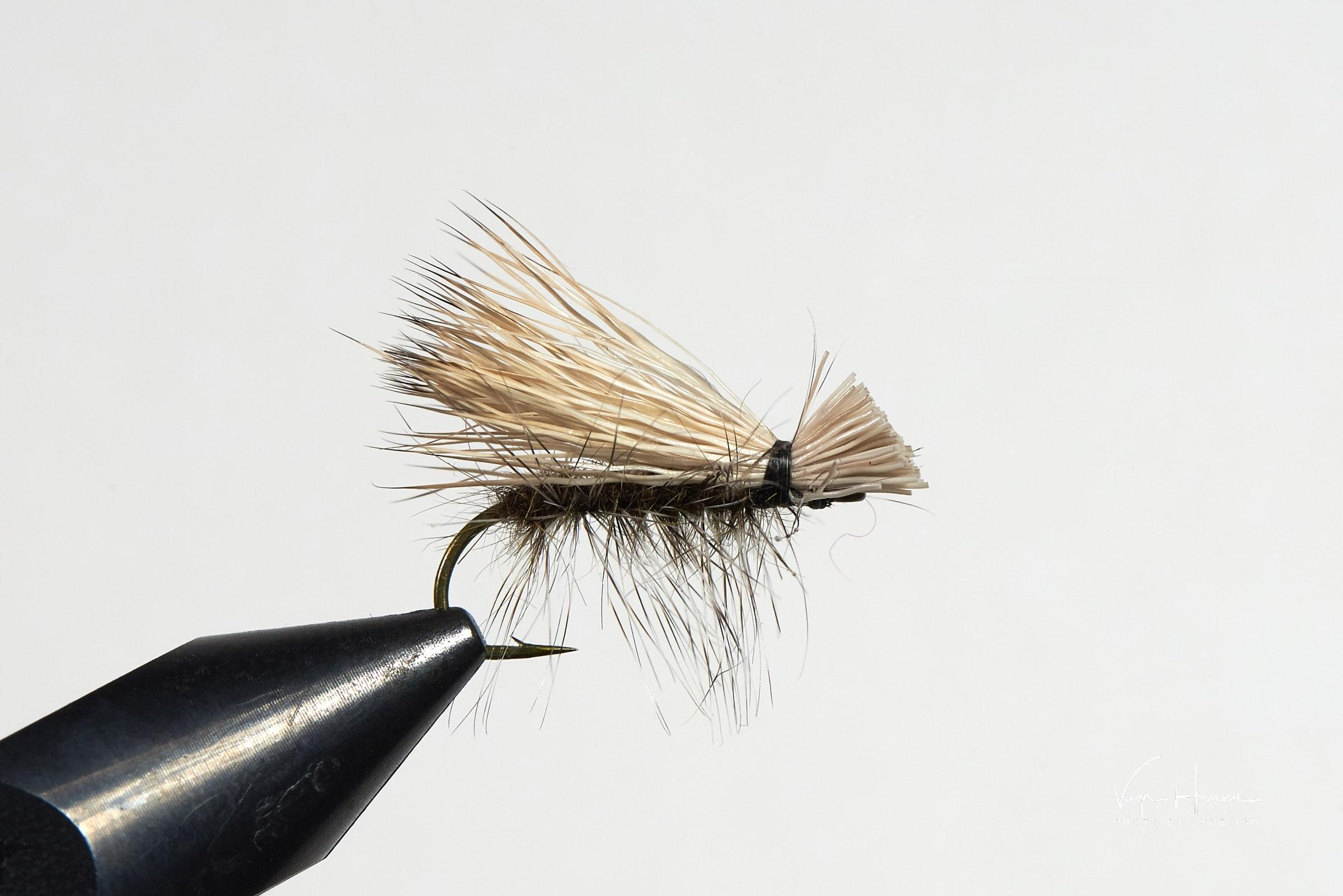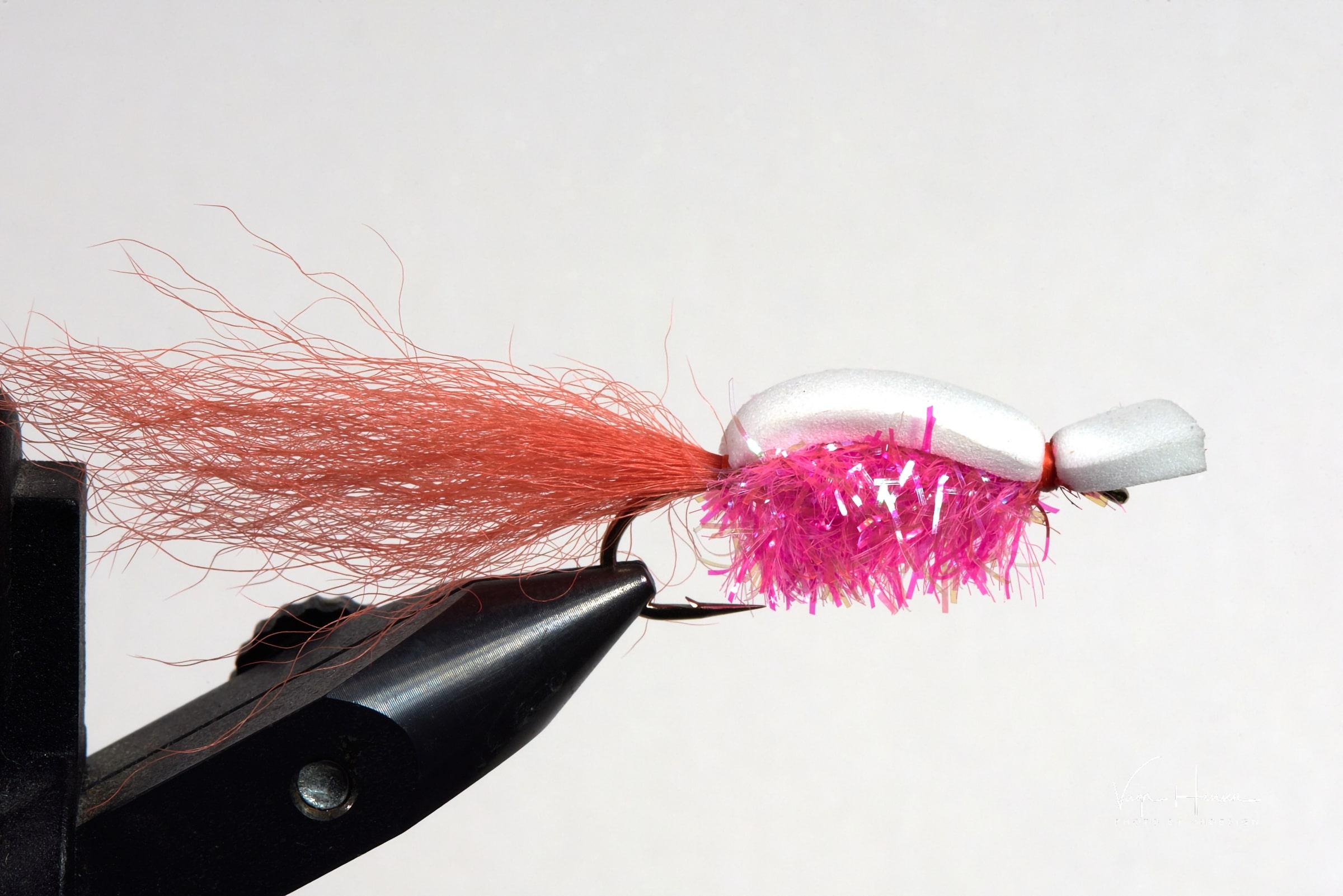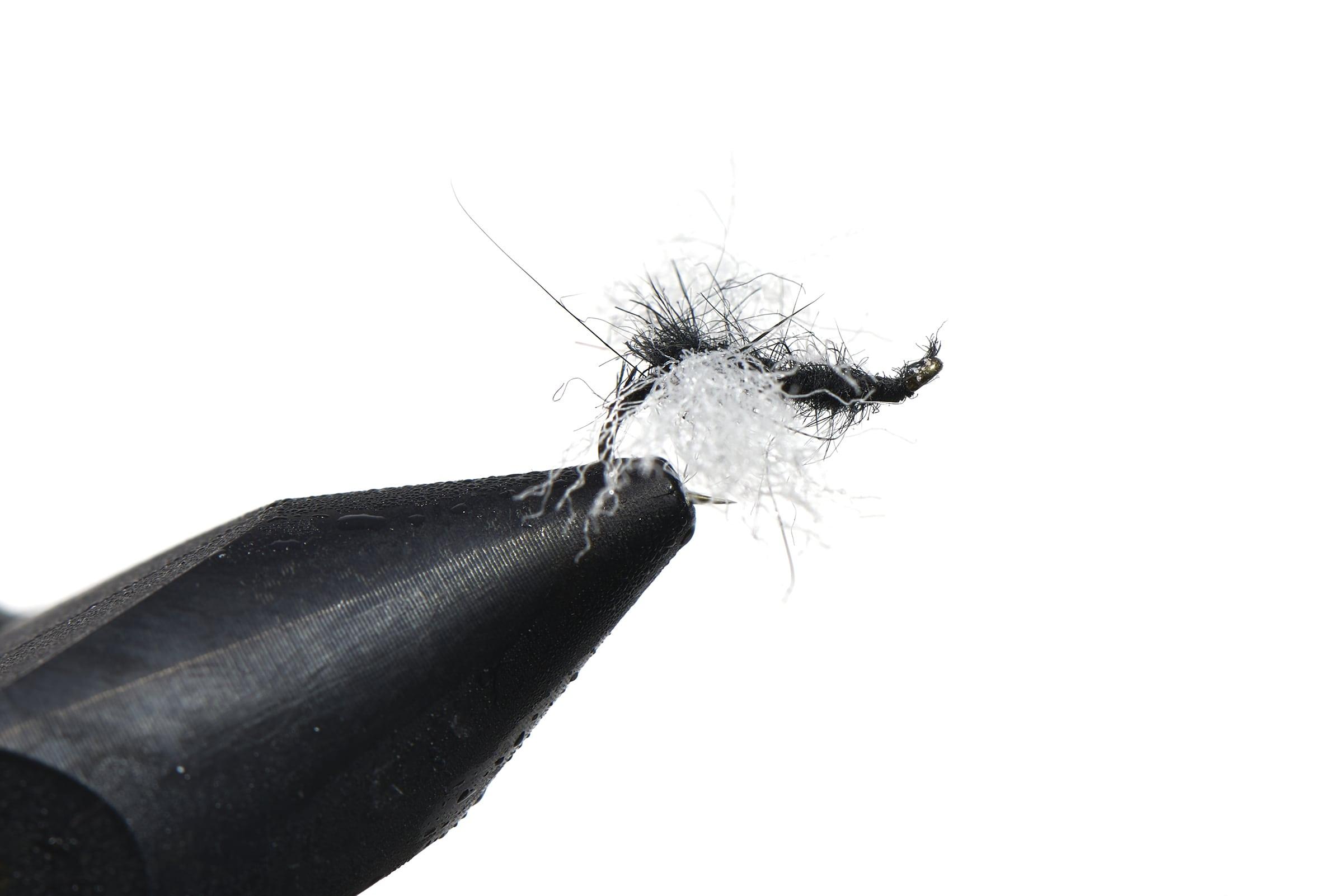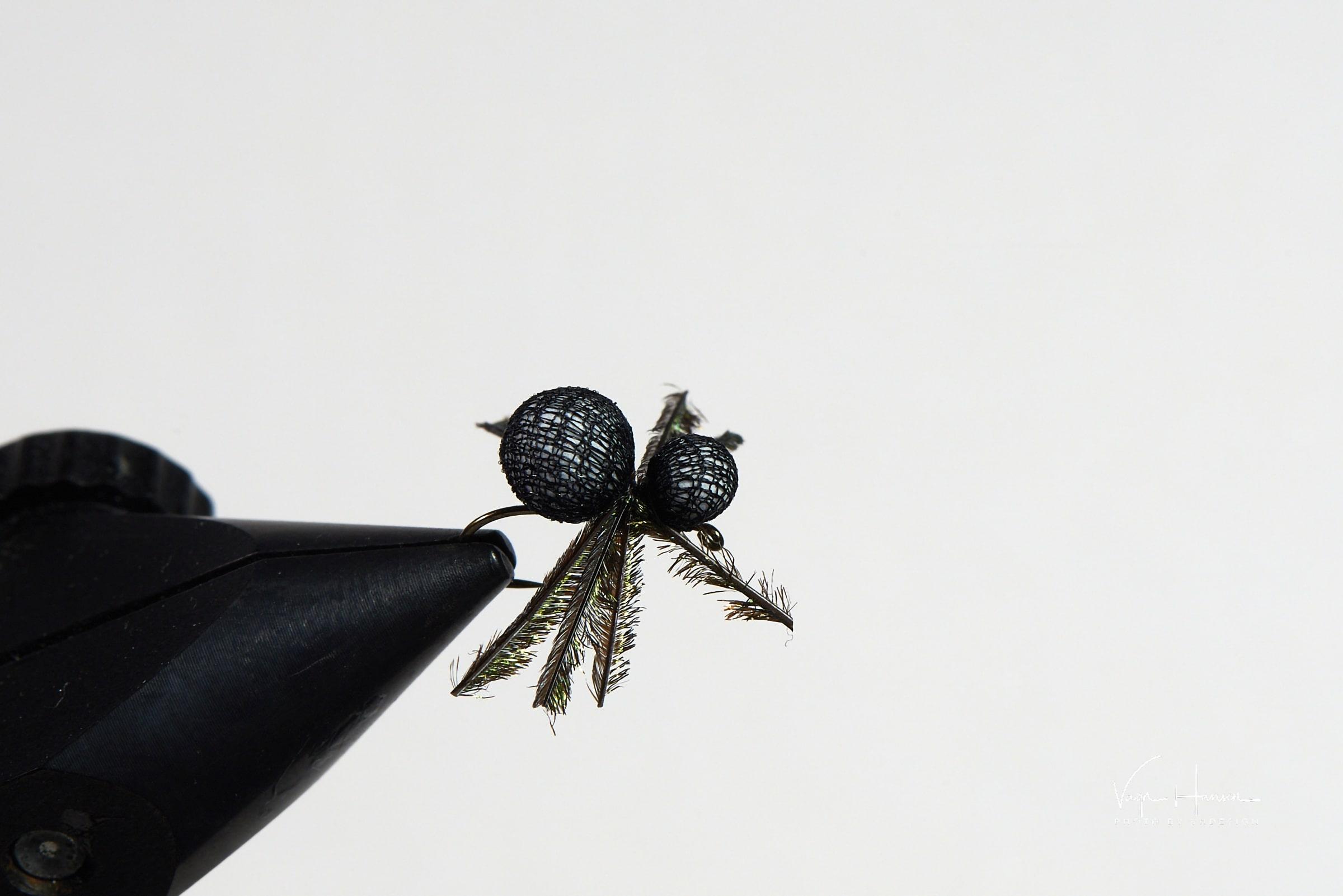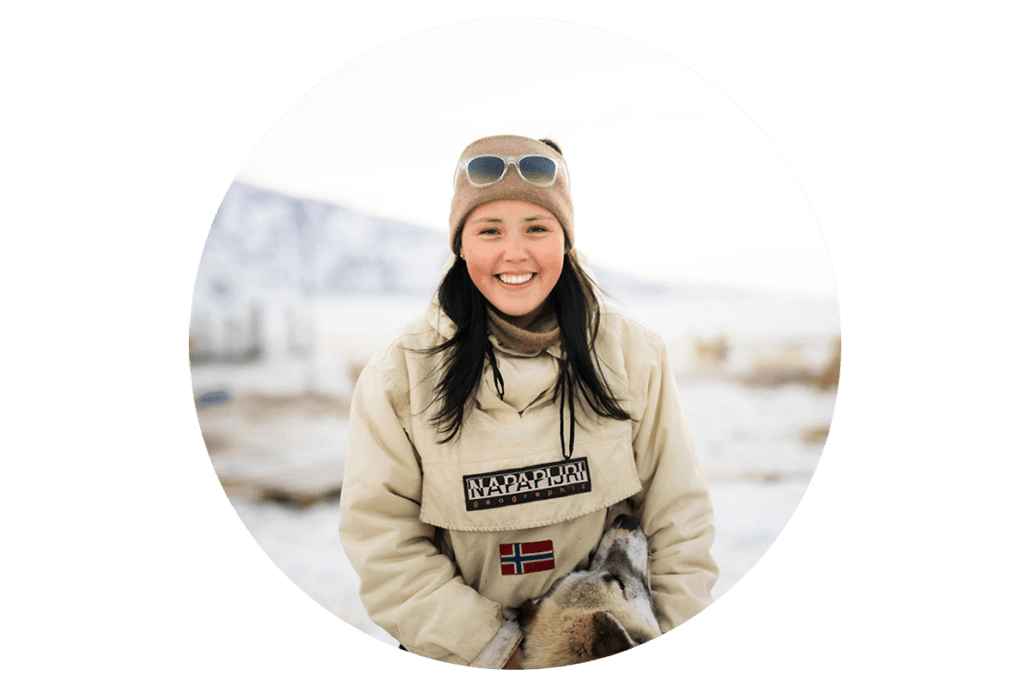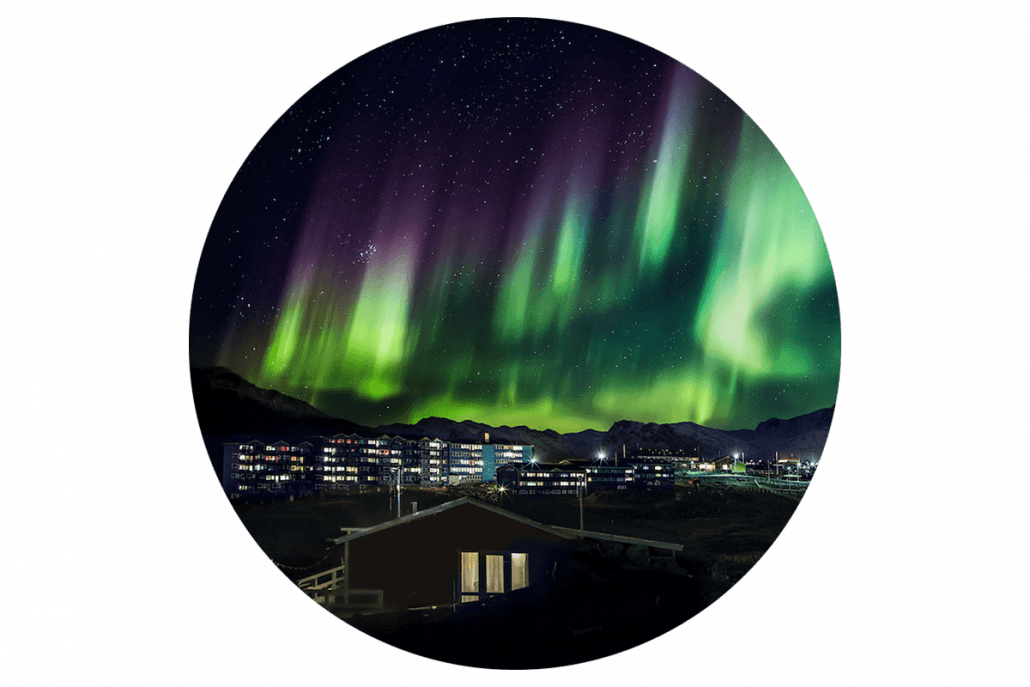Fly fishing in Greenland is a short but exciting season. Avid fly fisherman Michael Rosing shares some of his in-depth knowledge about fly fishing in Greenland.
About the Author
Michael Rosing has fished all his life and tied his own flies from the start. His fly-fishing experience includes trout and common roach in Denmark; Char in Greenland; salmon, char, grayling, and pike in Alaska. He even caught a starry flounder on a fly once, but that was not the plan!
Michael has been sailing and guiding the last 10 summers.
The rivers of Greenland are pristine with mostly crystal clear water, making sight fishing a possibility. The excitement of casting for a visible fish is simply unparalleled. The closest thing is using a streaming caddish fly (or a foam fly) and seeing a bulge behind the fly as you let it skate across the surface. When the fly is in the water and you see the fish reacting to it (or not) the hardest part is often to wait for it to actually take the fly before attempting to set the hook. The flipside to sight fishing is that if you can see the fish, the fish can see you. So sight fishing requires a bit of stealth.
It feels like stepping back in time to when the glaciers just retreated, and the rivers became colonized by fierce strong arctic char. A fly fishing trip can be a day trip or a multi day tour. On a day trip, you will typically go to the harbour in the morning for a boat shuttle to the river. Depending on the river, you may have to hike a while to get to the best fishing spots. The day will then be spent fishing until you return to town in the evening. The level of guide services and food included are subject to the provider. On a multi day tour, you will have the chance to really slow down your pulse and explore the surroundings. Multi day tours typically entail staying at a lodge or tent camp. There are plenty of things to do besides fishing. Take a walk in the mountains, look at the local wildlife. Depending on location you may be able to see caribou, muskox, all kinds of birds, and lots of rocks.
There are simply too many fishable rivers to mention them all. If you want to arrange your own trip the easiest way is to contact the local tourist operator where you want to go. The local operators know the area and most have at least a passing understanding of flyfishing.
Qeqqata Kommunia
- Inussuit Lodge I/S in the Narsaaraq area of Tunup Kangerlua, north of Maniitsoq
- Nipi FM-Maniitsoq Aps in the areas of Amitsuarsuk and Qooqqut both located in kangiata kangerlua, south of Maniitsoq
- Trophy Hunting Greenland ApS in the area of Angujartorfiup Kuua, south of Kangerlussuaq
The tourism concessions are valid from 1 January 2024 for a 5-year period with the possibility of extension.
There are only 4 species of freshwater fish in Greenland. Char, 3 spined stickleback, eel, and salmon. Salmon exists only in 1 river, eel can be found many places – up to mid Greenland – but is rarely fished and definitely not on fly gear, stickleback is a baitfish. This leaves char as the only fishable species.
Arctic char is an anadromous species. This means that it winters in fresh water but as soon as the rivers break up in spring, they migrate to saltwater.
They stay in salt water for a couple of months, re-entering the fresh water around the third week of July (varies a bit between rivers). During the rest of July and August the rivers fill up with fresh char from the salt water. They start turning into spawning colors and spawn in late September. Like some other salmonids the males start developing a characteristic hook along with the spawning colors.
Arctic Char – Morphological variants
Char are found in at least 3 and often 4 distinct morphological variants (fish of the same species with different life strategies. They may consequently even look different).
- The anadromous morph is by far the most fished, and the one that all lodges and camps fish for. It migrates to salt water every summer, and consequently grows bigger than the others. The anadromous morph is silvery in the summer but changes color as spawning time approaches.
- A cannibalistic morph can be found in lakes and tend to be large and very rare. In lakes without access to salt water (usually due to waterfalls), these versions of fish can be caught but are not very plentiful. They respond to the same flies as the other morphs. This morph has spawning colours all year.
- The pelagic morph can be found in lakes and tend to be small, silvery, and eating insects. The pelagic morph is occasionally fishable near streams running into and out of lakes, often late evening, or early morning. They usually respond to very small dry flies (#18 -#22) corresponding to the insects they eat. In lakes without access to salt water (usually due to waterfalls), these versions of fish can be caught but are not very plentiful. They respond to the same flies as the other morphs. The pelagic morph does not don spawning colours all year.
- A dwarf morph lives in rivers and does not migrate to either lakes or the ocean. They can be fished with small flies, it can be quite fun to catch them on small dry flies even if they only grow to be 10-20 cm. One of my first trips back to Greenland after living in Denmark for some years I spent a lot of evenings catching small char on dry flies.
Fly fishing gear is in general not available in Greenland. You will need to bring your own. A few places sell fly-fishing sets but no flies and more importantly, no leaders.
Leaders tend to get frayed by the rocky bottoms during a day of fishing.
Some lodges have extra fly rods in case a guest runs into trouble with gear.
In general the fly fishing techniques and methods that you use at home for trout and similar fish are the same as the ones you can use in Greenland.
The single best piece of advice is that you should bring the fly fishing rod and reel you are comfortable with. Having said that, most choose a rod in the #5 – #7 range. No rivers in Greenland are large enough to warrant a rod heavier than #8, although some fishermen prefer far casting rods for some of the rivers. Ask the outfitter if you are in doubt.
Most camps recommend a floating WF line with the option of a sinking leader to get to the bottom. But it will be wise to check the providers specific recommendations for the particular river you will be fishing.
Bring lots of leaders, the piece of tapered nylon between the line and the fly. Greenland rivers are filled with rocks, and leaders are hard to come by in Greenland. For clear water rivers, it will sometimes be advantageous to use leaders as long as 12 feet.
Furthermore, it is not necessary to disinfect the gear by law, but we recommend that this is done to kill any fish pathogens.
This can be done by using one of the following methods:
- Rinse your gear in tap water and keep at a minimum temperature of 20°C for at least two days after drying
- Rinse your gear in tap water and then dry and heat for at least one hour at a temperature above 60°C
- Rinse your gear in tap water and then soak in a disinfecting solution for a minimum of ten minutes.
Flies
The basic definition of a fly is that it is a hook with some particles tied onto it in order to attract a fish. By adding some weight, you can cast a fly with a spin rod, but it’s not very easy to cast a spinner with a fly rod.
Note that most camps only allow barbless or de-barbed hooks.
Michael, the author, divides flies into 4 broad categories and provides examples of flies:
Bouncy – Bounce along the bottom
Fishy – Looks like a fish
Bushy – Floating due to Elk hair or foam
Buggy – Looks like bugs
Bouncy
Alaskan Egg sucking leech
My all-time favourite fly is a purple Alaskan Egg sucking leech. I have likely caught more fish of various species on that fly than any other fly. Although I must note that I have also spent more time fishing an egg sucking leech than likely any other fly.
My favourite way to tie it is a wee bit different than the standard. I like to tie it on a size 8 dog nobbler hook. This produces a jig-like fly that bounces along the bottom of the river without getting stuck too many times. I tie it in various weights to account for different rivers. I fish it both dead drifting and retrieved in short spurs.
The dog nobbler hook has been a bit in and out of production since I took to using it, so I buy a bunch of them whenever I can find them. A standard streamer hook will do just fine. Some tiers bend the standard streamer hook a bit to make it into a dog nobbler hook.
No-body
My version of a No-body is an egg sucking leech with No-body. The only things left are the egg and the tail. It can be tied in different colors but I like the pink body and pink marabou tail. As with the full bodied egg sucking leech the eyes are used as weight.
Fishy
Mickey Finn
Some flyfishermen swear by streamers and will catch any fish on a streamer. Char is no exception to the rule that whatever you can’t catch on an egg sucking leech you can catch on a Mikey finn.
Smolt pattern
Any smolt pattern will work, particularly in salt water. I like to use a green tinged fly. Mostly because capelin have a slight green tinge.
Christmas tree
One, perhaps surprising fly that I have had success with is the Christmas tree. It was originally tied by Steen Ulnits to imitate spawning nerididae worms. I find it works well in both salt and fresh water when fishing for char.
Teal Red and Silver
A classic pattern. Whenever a smaller fly is called for. I often fish a smaller stream with shallow water. The Teal Red and silver is my go to fly in those conditions. It also works like a charm when fishing for small landlocked fish. I could also have used an Alexandra or a Telemark king. Both work as well, I just like the TRS.
Bushy
Elk hair caddis
Another classic the Elk hair caddis is also on my most favourite list.
In my mind the only thing beating the sight of a fish breaching to chase a streaming caddish is a fish taking a dead drifted dry fly. Since regular dry fly fishing is a bit rare in Greenland, I make do with streaming caddis flies whenever I have a chance.
Pink Foam Fly
A more modern take on the elk hair caddis fly is a foam fly. They come in a bewildering number of colors. I like pink.
Buggy
Polywing spinner
Flies that resemble bugs of any kind are the beginning of all fly-fishing.
There are a number of bugs in Greenland. All of them get eaten by char. In some admittedly rare instances I have caught small landlocked fish on very small flies, size 18-22. In that case I like the polywing spinner, another one of Steen Ulnits’s creations. I fish it in any size from 14-22. To imitate very small bugs it can be an advantage to tie a double polywing spinner in size 18. That will imitate two even smaller flies.
Spider fly
Greenlandic spiders are large, this makes for a rather large dry fly. They can be tied in different ways.
